Darvaza, Turkmenistan () – Rarely does an industrial accident become a major tourist attraction.
But when a Soviet exploration team drilled for natural gas in Turkmenistan more than 50 years ago, it is said to have set off a chain reaction that created the Darvaza gas well, a giant, fiery hole that became the world’s most spectacular sight. wanted in the country.
The pit, also called the “gateway to Hell” and the “Karakum glow,” the phenomenon is caused by methane-fueled flames escaping from dozens of vents along the floor and walls of the crater. Standing around the edge, you can feel an intense heat emanating from the hole. It is especially intense at night with tongues of fire burning under a starry sky.
Flanked by dunes and rock outcrops in a remote part of the Karakum Desert, the crater is the main stop on almost all tours of the Central Asian nation.
When travelers began flocking to Darvaza, there were no services or amenities for visitors and you had to carry everything you needed to spend the night. Today there are three permanent camps with overnight accommodation in yurts or tents, as well as meals and motorized transportation to the crater rim for those who do not want to walk.
The crater is approximately 70 meters wide and 30 meters deep, with vertical walls that drop sharply into a field of rocky debris scattered across the bottom. A safety fence was added in 2018 to prevent visitors from venturing too close to the scorching sinkhole.
“It’s a collapsed gas cave, which sounds about as interesting as an old gas furnace,” says author Ged Gillmore, who wrote about the crater in “Stans By Me: A Whirlwind Tour Through Central Asia.” “But there is something creepy about it, and the truth is that I found it quite creepy,” he added.
However, the crater may not continue to exist for long, at least not in its fiery form. On several occasions, the government of Turkmenistan has mentioned the possibility of somehow sealing the crater. Meanwhile, those who have been visiting Darvaza for years claim that the flames are much smaller than they were before.
“I would say it’s only burning at about 40% of the level I first witnessed there in 2009,” said Dylan Lupine, whose U.K.-based company Lupine Travel was one of the pioneers in bringing tourists to Turkmenistan. “A much larger area of the crater had flames then. Now there are fewer and they are not as high as before.”
Standing on the edge of the crater, a local guide who wished to remain anonymous because he was not authorized to speak to the media, confirms that the flames have been getting lower and lower over the past seven years and his nearly 40 visits. to Darvaza.
“Before there were more flames than now, probably because the gas bag is wearing out,” he says.
But that doesn’t diminish the allure of a hybrid wonder made by man and nature that is especially astonishing when a sandstorm blows and obscures everything except the flickering fire rising from the dark pit below.
No one knows for sure when the gas crater opened, apparently because Soviet-era reports do not exist, are incomplete, or remain confidential.
“There is a lot of controversy, a lot of disagreement about how it started,” he said. George Kourounisa Canadian adventurer and television host who is the only known person to have explored the interior of the gas crater. “I don’t even know what to believe. There are so many stories and mythology with this place. “It’s crazy.”
According to Kourounis, the most widespread theory is that the crater formed in 1971 and caught fire shortly after.
“But while I was in Turkmenistan, two old-school government geologists came to the crater with us, and what they told me was that the crater actually formed sometime in the 1960s and was bubbling with mud and gas for quite a while and it wasn’t turned on until the 1980s.”
How the gas was first ignited is another mystery.
“Some say it was a hand grenade,” adds Kourounis. “Some say the Soviets just threw a match. I’ve heard a story that a drunk farmer drove his tractor there at one point.”
The local guide offers another theory: “At that time there was a village nearby and I heard that they set fire to the crater because they did not want the smell to ruin life or the poisonous gas to be harmful to the health of the villagers. “They thought it would burn down in a couple of weeks.”
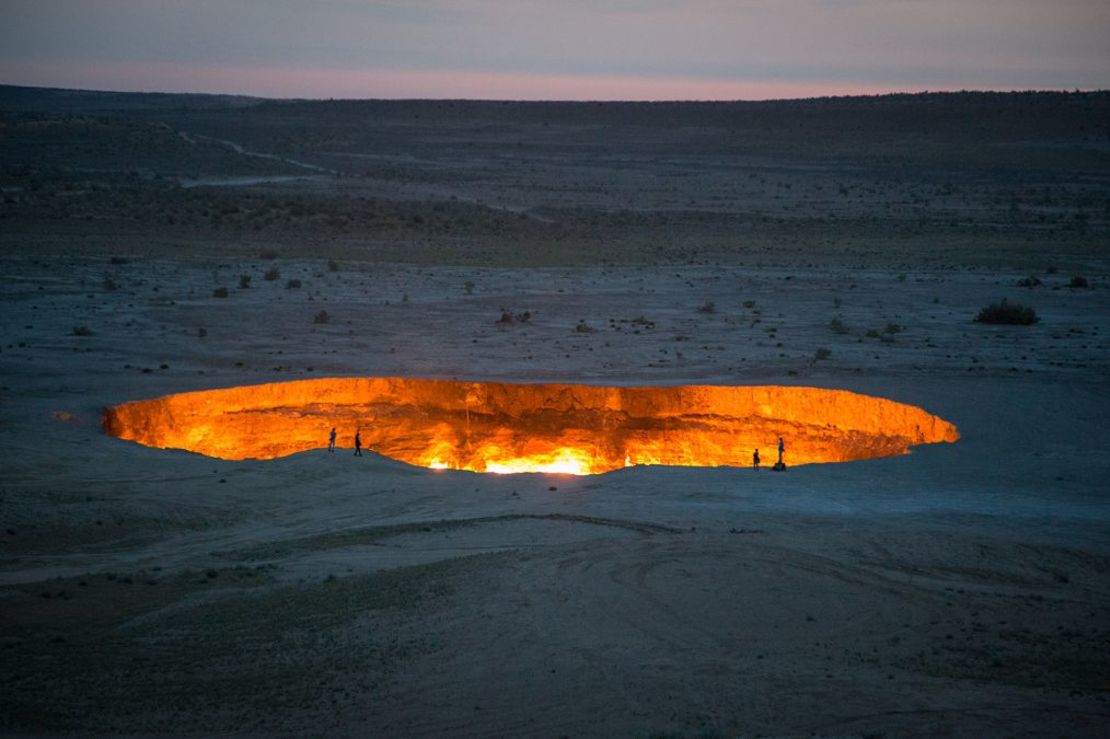
In addition to simply experiencing the thrill of plunging into a burning crater, Kourounis was on a National Geographic-funded scientific mission to find any life forms that could survive in that environment, especially those that might provide clues about what we might find under conditions. similar on other planets.
During a descent of 17 minutes In 2013, inside an aluminized suit with a Kevlar harness and Technora ropes of the type used on NASA’s Mars missions, he collected soil samples for the Extreme Microbiome Project. Further analysis revealed simple organisms, such as bacteria and thermophiles, capable of somehow surviving the extreme temperatures inside the crater.
The gas crater is a four-hour drive north of Ashgabat, the national capital. A four-wheel drive vehicle is highly recommended for navigating the rugged two-lane highway and sandy desert roads leading to Darvaza.
Wandering camels are a frequent sight along the road.
Apart from the general stores in Bokurdak and Erbent, remote desert towns along the road, there is nowhere to stock up on provisions after leaving Ashgabat.
He Darwaza camp It is the most luxurious of the three options for spending the night. Located about a five-minute walk from the crater rim, the camp features yurts with beds and chairs, a shaded dining area, and portable toilets.
On the opposite side of the crater, the Camp Garagum It offers yurts with futon mats spread out on traditional Turkmen rugs, solar-powered interior lights, and evening barbecue meals served on outdoor tables.
Garagum is located about a 10-minute walk from the crater rim and even closer to a small rocky hill from where visitors can look down on the crater.
“Arriving at Darvaza at night is definitely the best,” says Gillmore. “It is something incredible that is seen for the first time from a distance after hours of driving through the desert. There is no other lighting near it and you really feel like you are at the gates of Hell.”
Nearby are two other accidental craters, formed around the same time and by similar drilling gone wrong, that are just as large as Darvaza but nowhere near as spectacular.
Near the intersection of the paved highway and the sandy road to Darvaza there is a gas crater with much smaller flames. Further south along the highway towards Ashgabat is a water-filled crater with gas bubbles but no flames.
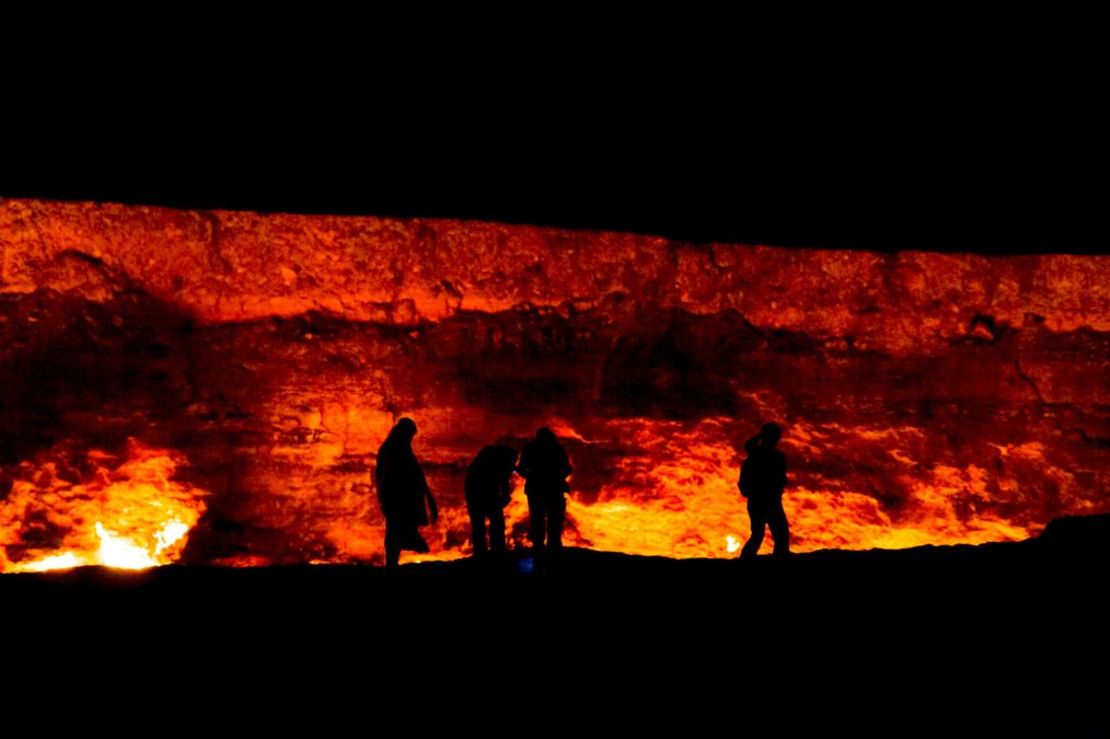
For years there has been talk that the Turkmen government will transform Darvaza into a natural gas production center by extinguishing the flames.
In 2022, the state-run newspaper Neytralny Turkmenistan reported that the president had asked his cabinet to consult with scientists to find a way to extinguish the flames and close the site to tourism.
Among the reasons cited for closing the crater were the loss of a valuable natural resource, environmental damage and health concerns.
Since then, there has been much discussion about the predicted disappearance of the crater, but nothing concrete that shows that the government is going to put out the flames in the short term.
Some say the government has already drilled a nearby exploratory well that has diverted a considerable amount of gas that was escaping through the crater and caused the level of the flames to decrease considerably.
“They are just rumors,” says the local guide, who adds “there is still nothing official about the termination.” And he wonders how it could be done. “They can fill it with cement or foam, but the gas will end up escaping somewhere else. “We don’t know how it will happen or if it will happen.”
Travel contacted government officials for comment on the future of the crater.
Lupine, who revisited the site earlier this year, agrees that Darvaza may be doomed.
“Locals believe this is a new attempt to finally put out the flames,” says Lupine. “There is a lot of concern among locals, as they believe that if the crater goes out, tourism to Turkmenistan will take a big hit and many of them will be out of work.”
For now, the Darvaza gas crater continues to amaze visitors who make the long, arduous trek across the Karakum Desert to see Turkmenistan’s accidental natural wonder.

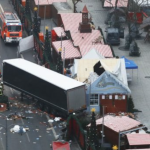






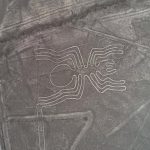


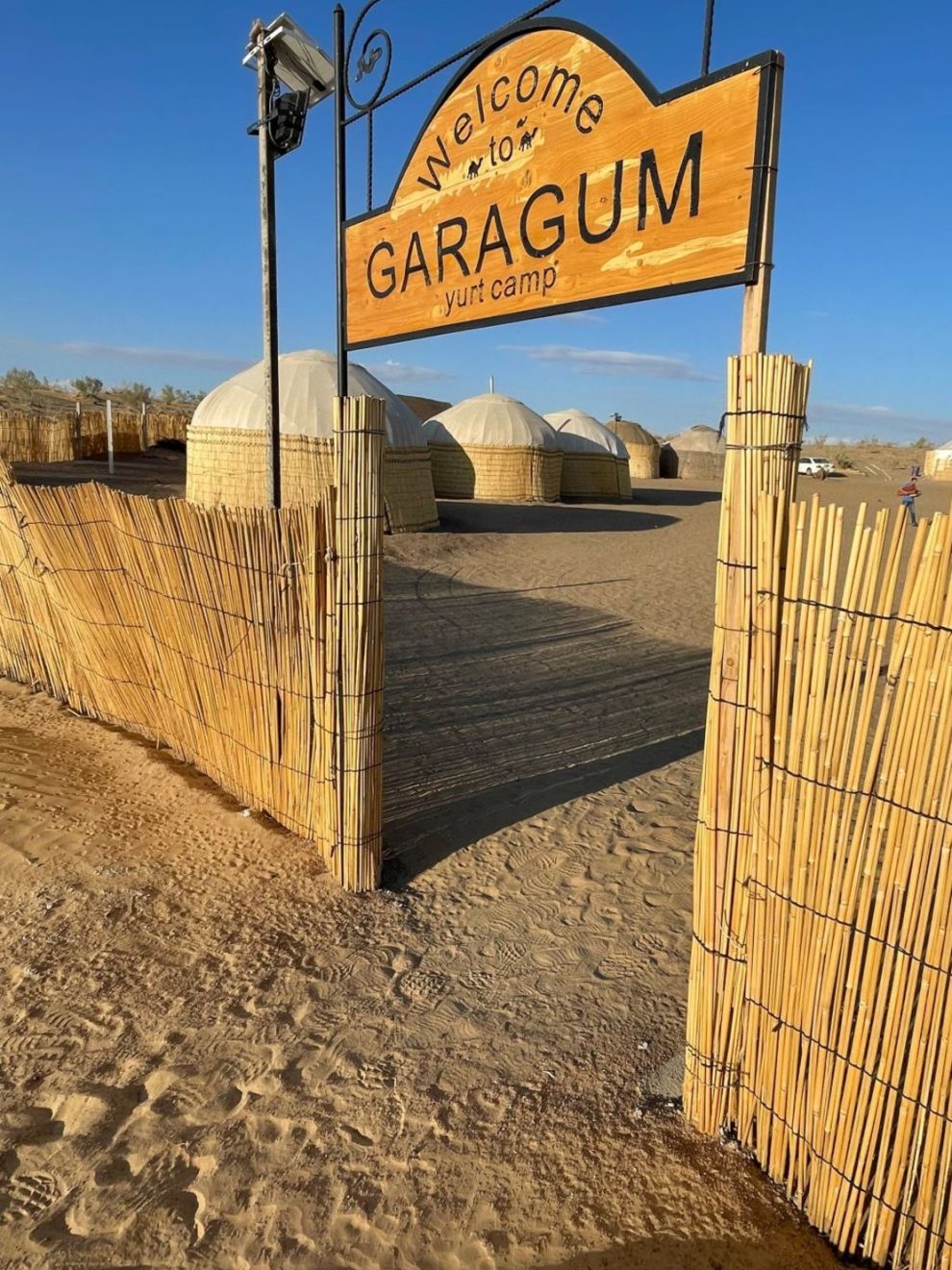

Add Comment